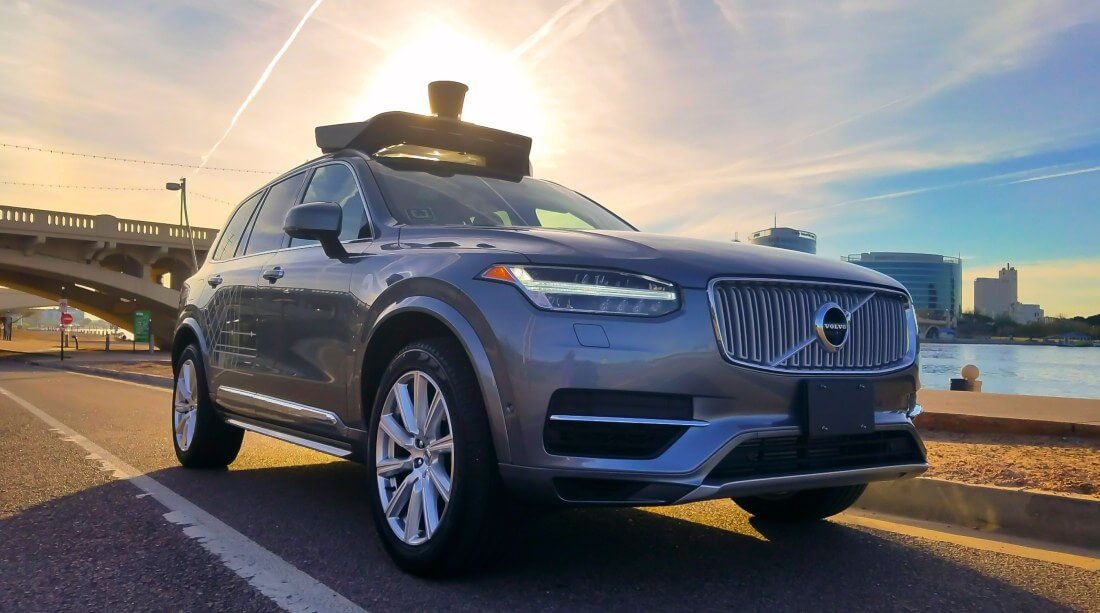
Uber doesn't exactly have the best record as far as controversies go, and that doesn't seem to be changing anytime soon.
The most recent example of this trend involves a fatal crash that occurred when a self-driving Uber vehicle fatally struck bicyclist Elaine Herzberg in March.
Though the vehicle was driving itself, there was an Uber employee in the driver's seat. Interestingly, dash cam footage revealed the driver was looking down for several seconds prior to the crash.
At the time, however, Tempe's police force said the driver was not likely responsible for the incident. New information has surfaced today that could reinforce that claim.
According to a report from The Information, the blame for the unfortunate accident might lie squarely on Uber's shoulders.
...sources familiar with the situation believe the car's autonomous systems were tuned improperly, leading the vehicle to regard Herzberg as a "false positive..."
The outlet claims sources familiar with the situation believe the car's autonomous systems were tuned improperly, leading the vehicle to regard Herzberg as a "false positive," or an object not worth stopping over.
Examples of a real false positive might include a plastic bag floating in front of the vehicle or a newspaper lying on the road.
This information, if true, will likely not be available to Herzberg's relatives for use against Uber in a court of law -- the company was quick to settle with the family after the incident took place.
Uber initially put their autonomous vehicle testing program on hold following the crash, but they've since restarted it. With that in mind, it's likely Uber has already fixed the sensor tuning issue if it existed at all.
https://www.techspot.com/news/74503-fatal-autonomous-uber-crash-could-have-result-improper.html